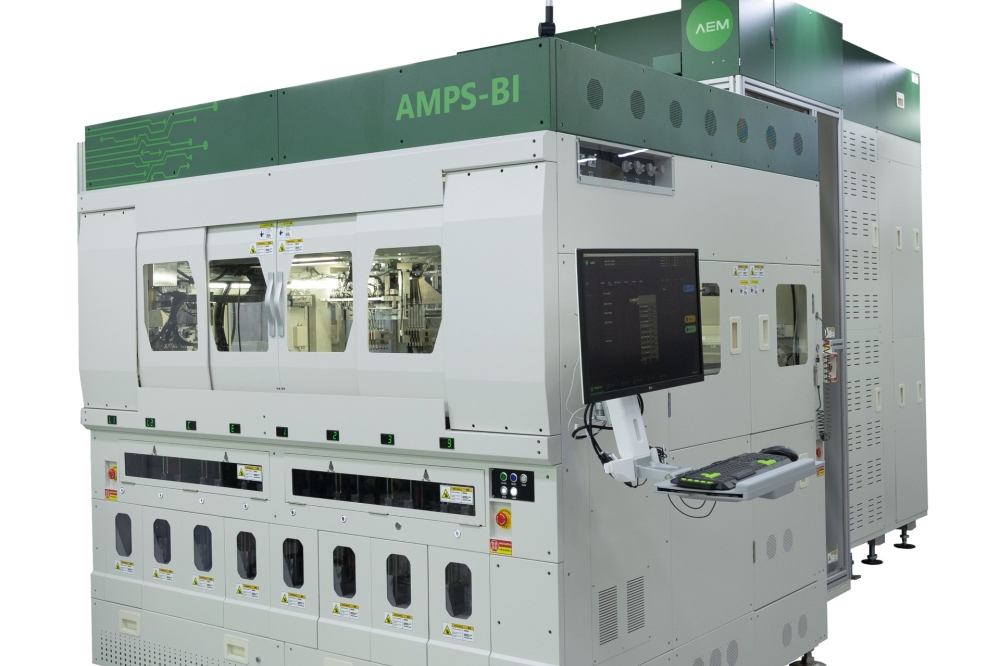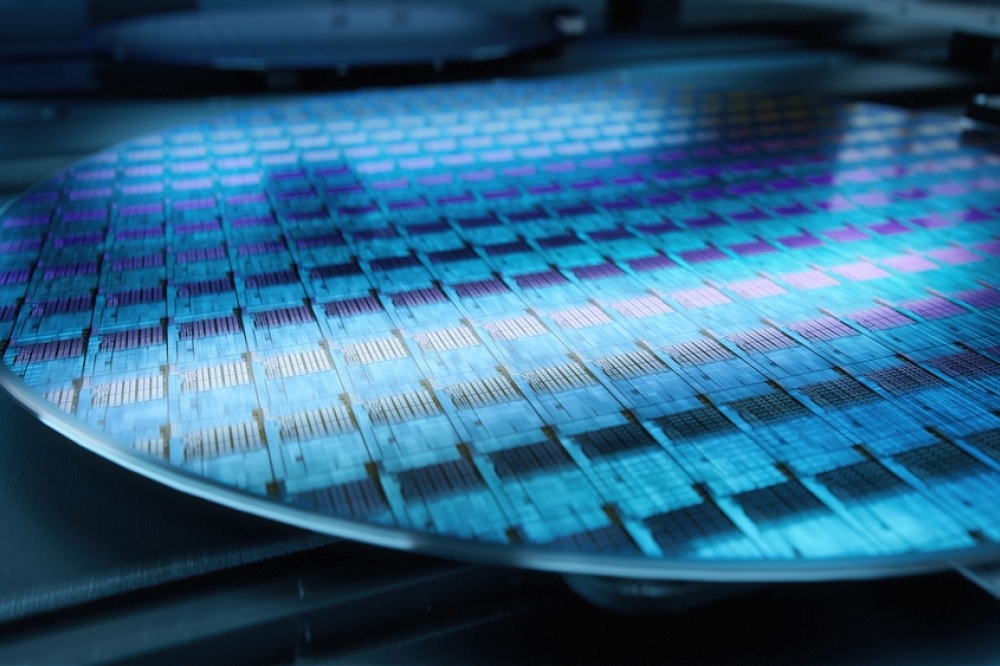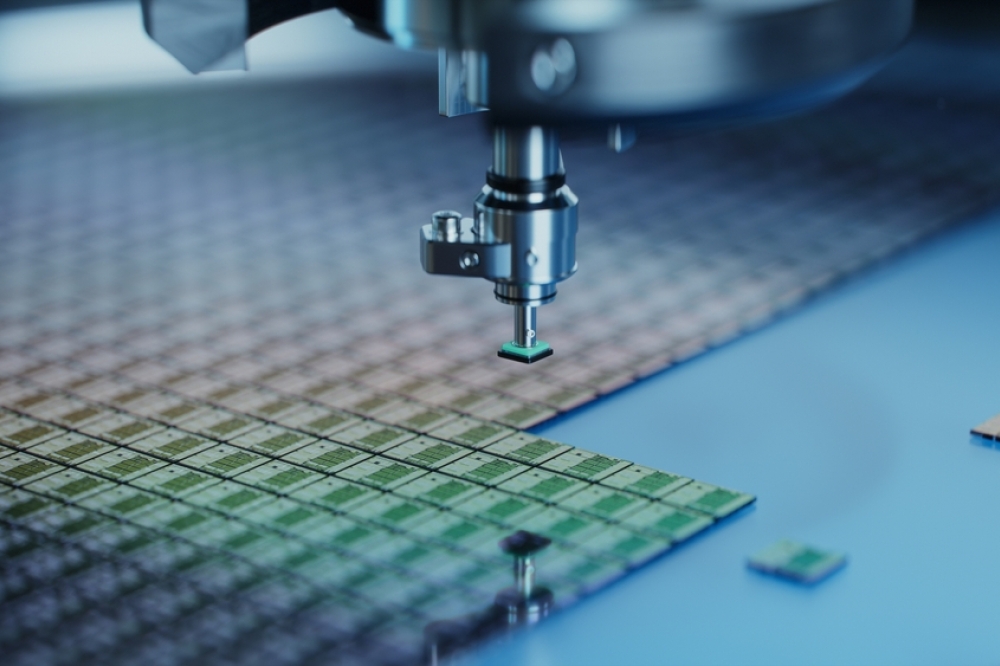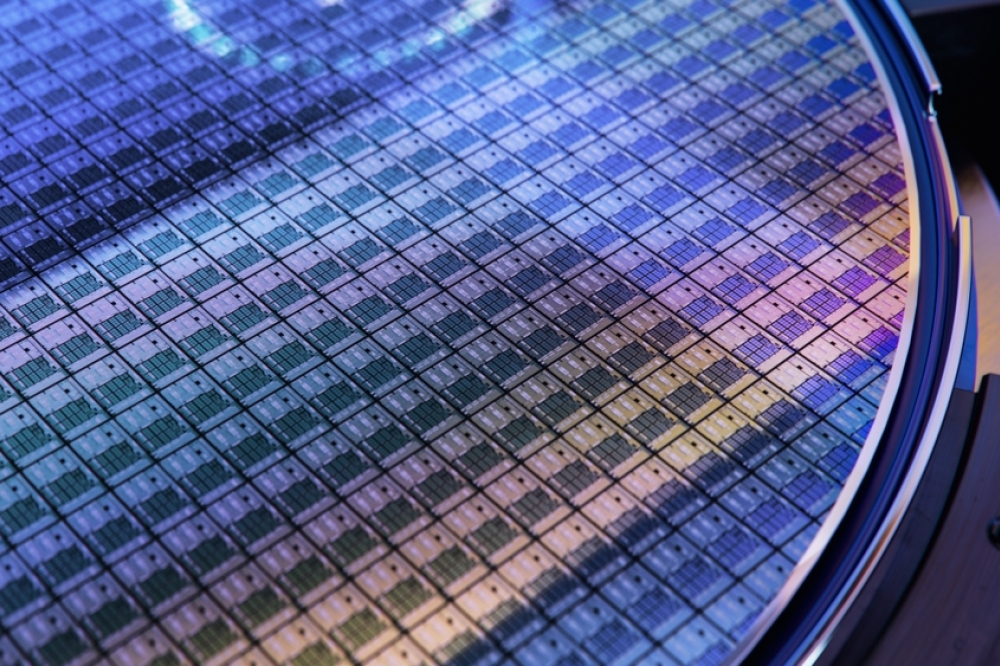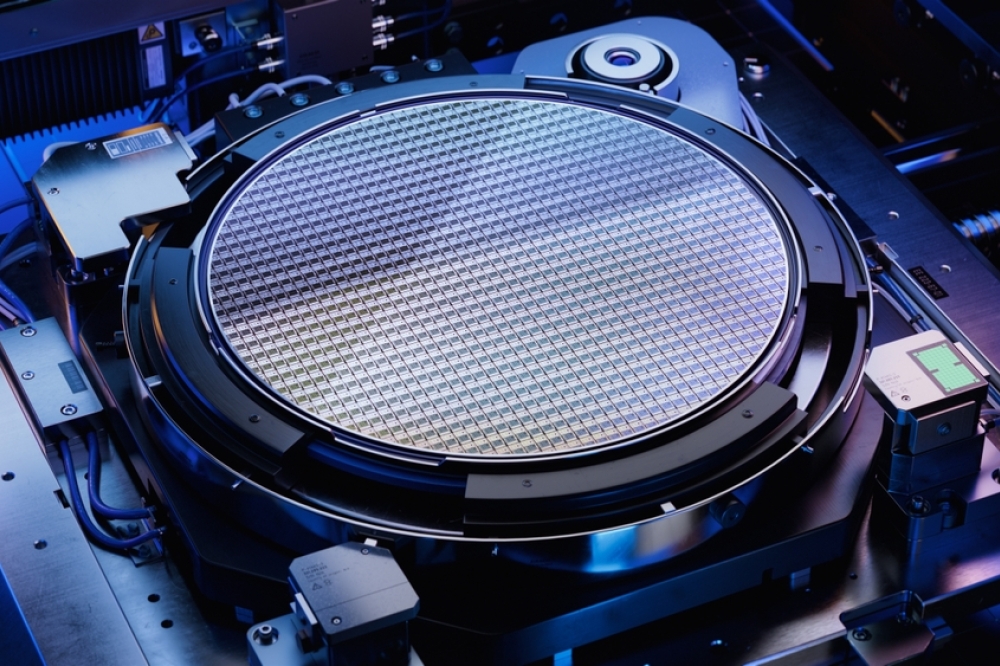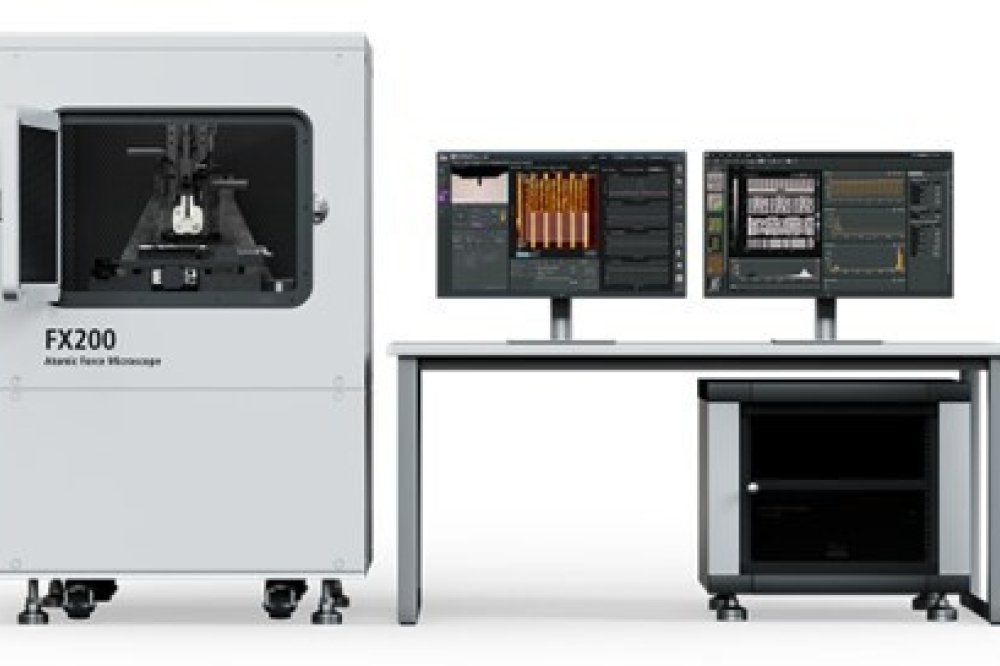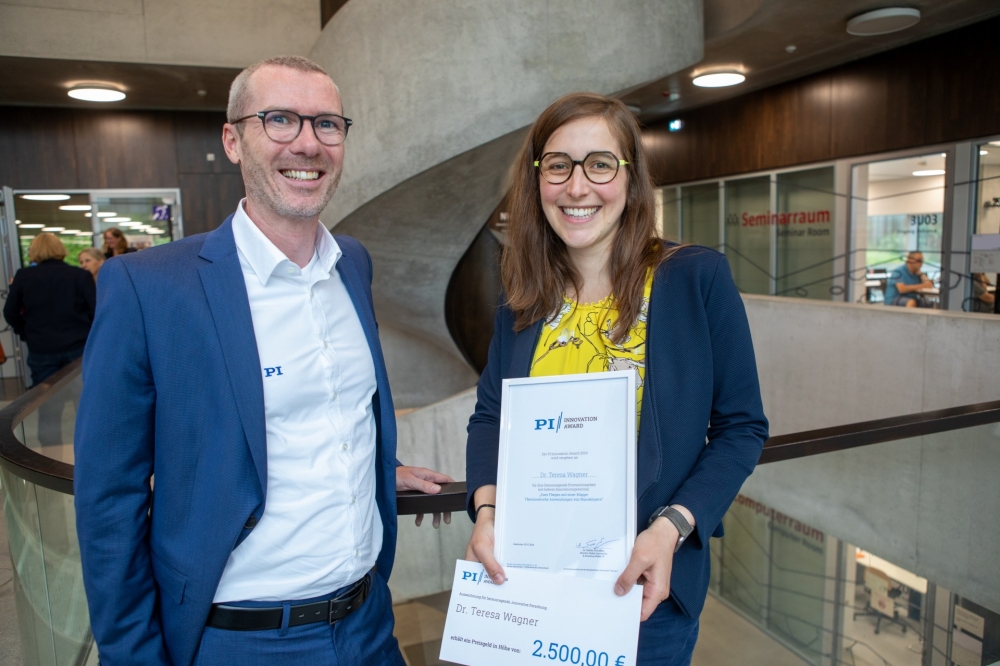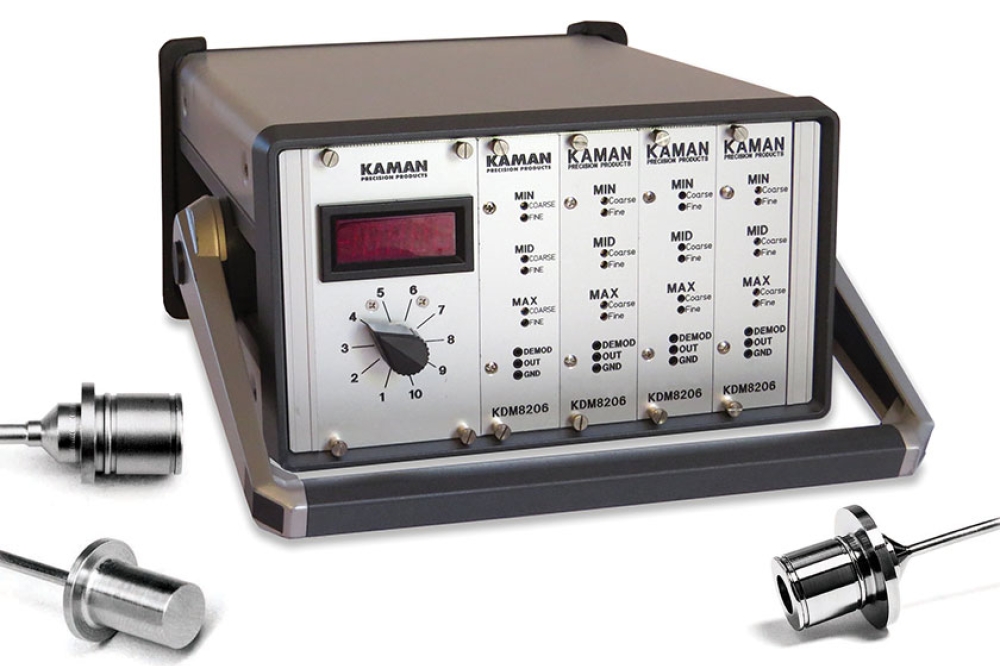Industry execs have positive outlook for 2023
Leaders are optimistic about revenue growth; automotive sector in pole position.
KPMG LLP and the Global Semiconductor Alliance (GSA) conducted the 18th annual global semiconductor industry survey in the fourth quarter of 2022. The survey captures insights from 151 semiconductor executives about their outlook for the industry in 2023 and beyond. More than half of the respondents are from companies with more than $1 billion in annual revenue.
The Semiconductor Industry Confidence Index score is 56 for the upcoming year (a value above 50 indicates a more positive outlook than negative). This is lower than each of the previous four years but is understandable given the economic uncertainty and geopolitical events that have arisen in the past year.
Additional key findings are detailed below. The full Global Semiconductor Industry Outlook publication will be released in early 2023.
Leaders are optimistic about revenue growth
• Eighty-one percent project their company’s revenue will grow over the coming year, and half expect growth of more than 10 percent. While these are lower than last year’s survey (95 percent and 68 percent, respectively), it is still encouraging given the current economic environment and perceptions regarding industry inventory levels discussed below.
• Leaders are slightly less bullish on industry revenue growth. Sixty-four percent forecast the industry’s revenue will grow in the coming year, with 19 percent predicting growth of more than 10 percent. These are also significantly lower than last year’s survey (97 percent and 49 percent, respectively).
• The Russia-Ukraine war may be a contributor to the lower industry revenue growth projection. Forty-one percent are concerned the war will materially impact industry revenue growth in 2023. When KPMG and the GSA conducted a pulse survey in May 2022, only 25 percent had this concern.
Automotive takes the pole position as the most important revenue driver
• For the first time, survey respondents clearly rate the automotive sector as most important for driving semiconductor company revenue over the next year. In correlating research, KPMG predicts automotive semiconductor revenue will reach $200 billion annually by the mid-2030s and surpass $250 billion by 2040.
• Wireless communications, long seen as the industry’s most important revenue driver, slips into second place in the 2023 outlook.
• Internet of Things, cloud computing, and artificial intelligence rank third, fourth, and fifth in terms of importance.
• In its first year on the survey, metaverse was ranked last (out of 10) in importance for driving semiconductor company revenue over the next year. It will be interesting to see how this view changes in the coming years as metaverse technology evolves and adoption increases.
The end of the semiconductor shortage is in sight
• Sixty-five percent of the executives surveyed think the semiconductor supply shortage will ease in 2023, and 15 percent believe that supply and demand is already in balance for most products. Only 20 percent think the shortage will last into 2024 or later.
• As the semiconductor industry is cyclical, the survey also asked respondents when they think the next excess supply of semiconductor inventory will occur. Twenty-four percent believe there is already an excess, and 31 percent think it will occur in 2023. Another 36 percent feel the surplus will happen between 2024 and 2026, while 9 percent believe demand will keep increasing and there will not be an inventory excess in the next four years.
• Leaders also do not see the Russia-Ukraine war materially impacting the semiconductor supply chain in 2023. Less than one-third (29 percent) are concerned with this, which is down from 39 percent in the pulse survey conducted by KPMG and the GSA in May 2022.
Talent remains a crucial priority
• Talent risk is seen as the biggest issue facing the semiconductor industry over the next three years.
• Underscoring the ongoing need for specialists in this growing, cutting-edge industry, 71 percent of respondents anticipate increasing their global workforce in 2023. This is lower than last year (87 percent), but still a healthy expectation in the current economic climate.
• The survey also shows that talent development and retention remains the top strategic priority for industry leaders, with 67 percent naming it a “top 3” strategic priority. While lower than the 77 percent mark in last year’s survey, it still clearly outpaces supply chain flexibility (53 percent) and digital transformation (32 percent) this year.
• Though still important for any business, only 15 percent of semiconductor executives rank mitigating cybersecurity risk a “top 3” strategic priority and just 10 percent say the same about formalizing ESG reporting, despite looming mandatory reporting requirements.
The nationalization of semiconductor technology is the biggest geopolitical concern
• Among geopolitical matters, the impact of the nationalization of semiconductor technology is the biggest concern on the minds of executives, as this has implications with supply chains, talent acquisition, and access to government subsidies (e.g., the enacted CHIPS Act in the U.S. and the proposed European Chips Act).
• The nationalization of semiconductor technology is also tied as the second biggest issue facing the industry over the next three years (tied with global inflation).
• Other top geopolitical concerns include the prominence of Taiwan in the supply chain, tariffs and trade deals, and long-term impacts of the Russia-Ukraine war.


